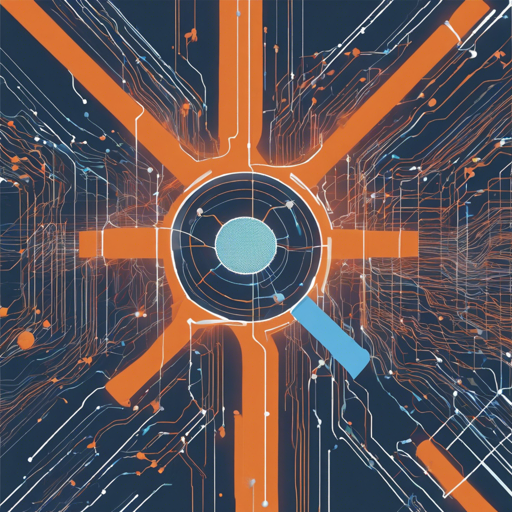Welcome to a journey through the fascinating world of Deep Reinforcement Learning! In this article, we’ll explore the implementation of **DrQ** (Data Regularized Q), a method that leverages image augmentation to enhance the performance of reinforcement learning agents. This exciting concept is based on the insightful paper titled “Image Augmentation Is All You Need: Regularizing Deep Reinforcement Learning from Pixels.” Let’s dive right in!
What is DrQ?
DrQ is a state-of-the-art reinforcement learning algorithm specifically designed for tasks involving image data. The research demonstrates that adequate image augmentation can substantially improve the efficiency and performance of RL agents trained from pixel inputs. It’s like giving your agent a pair of augmented glasses, enhancing its vision and perception in challenging environments.
Getting Started: Requirements
- A GPU that supports CUDA 9.2.
- Anaconda to manage your Python environment.
- PyTorch installed in your environment.
Setting Up Your Environment
The simplest way to install all required dependencies is to create an Anaconda environment. Follow these steps:
conda env create -f conda_env.ymlOnce the installation is complete, activate your environment with:
conda activate drqTraining the DrQ Agent
To train the DrQ agent on the Cartpole Swingup task, run the following command:
python train.py env=cartpole_swingupWith this setup, you can achieve state-of-the-art performance in under 3 hours. To reproduce the results highlighted in the original paper, use this command:
python train.py env=cartpole_swingup batch_size=512 action_repeat=8This command will generate a folder named “runs,” containing all your output data, including training logs, TensorBoard blobs, and evaluation episode videos.
Monitoring Your Training Progress
To visualize your training progress, launch TensorBoard by running:
tensorboard --logdir runsYour console will display training and evaluation entries, which provide crucial metrics such as:
- E: Total number of episodes
- S: Total number of environment steps
- R: Episode return
- D: Duration in seconds
- BR: Average reward of a sampled batch
- ALOSS: Average loss of the actor
- CLOSS: Average loss of the critic
- TLOSS: Average loss of the temperature parameter
- TVAL: Value of temperature
- AENT: Actor’s entropy
The Power of Benchmarks
DrQ holds the banner for state-of-the-art performance on various challenging image-based tasks from the DeepMind Control Suite and has been compared against other prominent algorithms such as PlaNet and Dreamer. Think of benchmarks as the Olympics for RL algorithms, where only the best performers earn medals!
Troubleshooting Insights
If you encounter issues while implementing DrQ, consider the following troubleshooting ideas:
- Ensure that your GPU driver supports CUDA 9.2.
- Double-check your Anaconda environment installation.
- Make sure you have all the necessary dependencies listed in the GitHub repository.
For more insights, updates, or to collaborate on AI development projects, stay connected with fxis.ai.
Conclusion
In this article, we covered the implementation of DrQ and the steps needed to train your RL agent effectively. Remember, the world of Deep Reinforcement Learning is vast, and leveraging innovative approaches like image augmentation can open new horizons for your projects. At fxis.ai, we believe that such advancements are crucial for the future of AI, as they enable more comprehensive and effective solutions. Our team is continually exploring new methodologies to push the envelope in artificial intelligence, ensuring that our clients benefit from the latest technological innovations.
Final Notes
Happy coding, and may your agents conquer every task with the power of DrQ!

